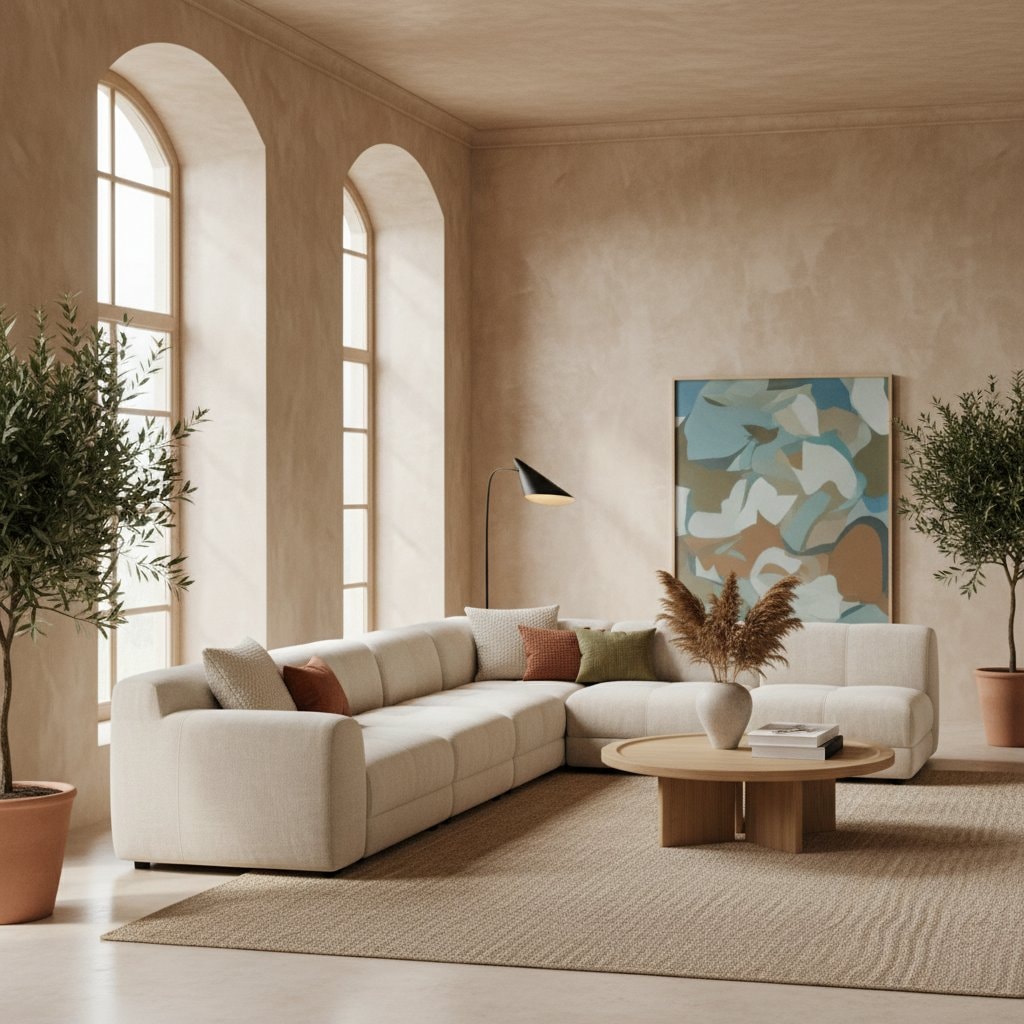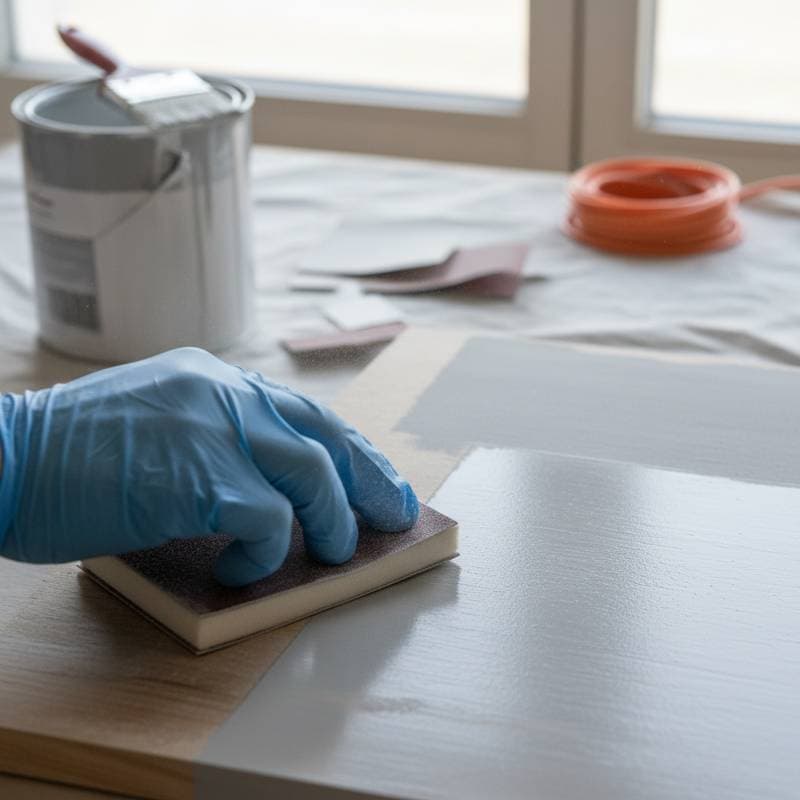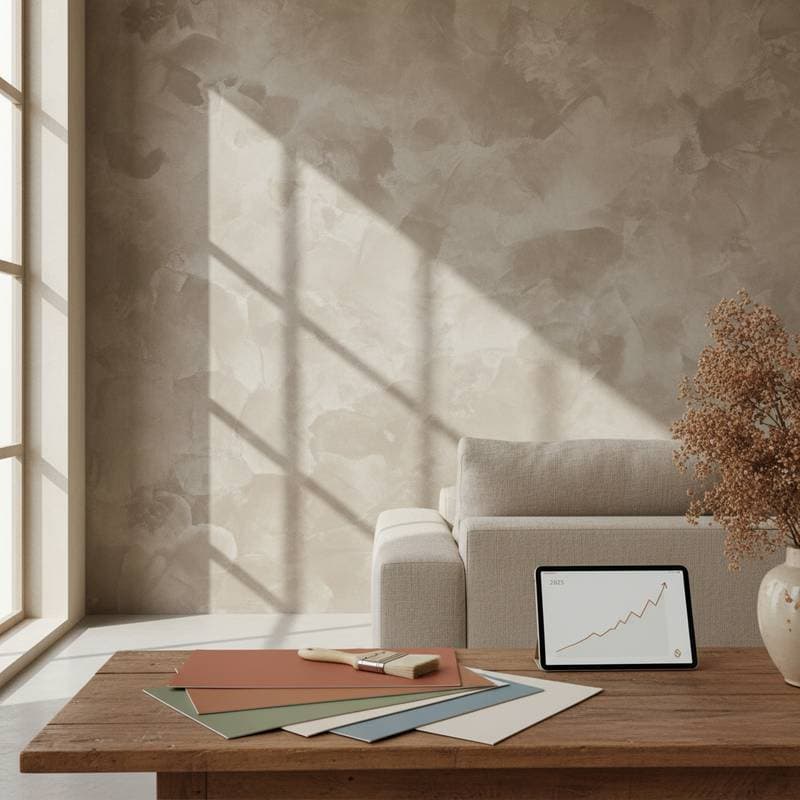Understanding Limewash Paint
Limewash paint traces its origins to ancient building techniques, where builders used slaked lime to coat walls for protection and beauty. This mineral-based finish differs from conventional paints by allowing walls to breathe, which prevents moisture buildup and promotes healthier indoor environments. In 2025, designers favor limewash for its ability to create subtle, organic textures that enhance natural light and spatial depth.
The process begins with limestone, burned and slaked into a paste, then diluted with water for application. Unlike acrylic paints, limewash bonds chemically with surfaces, resulting in a durable yet matte appearance. Homeowners appreciate how this finish evolves, developing a patina that adds character without requiring frequent touch-ups.
The Rise of Limewash in Contemporary Design
Design trends in 2025 emphasize sustainability and authenticity, positioning limewash as a frontrunner. With growing awareness of environmental impacts, materials like limewash appeal due to their low volatile organic compound content and natural composition. Interior experts predict its dominance in residential projects, from urban apartments to countryside homes, as it aligns with the shift toward biophilic design principles.
Social media platforms showcase limewash's versatility, with influencers highlighting its use in eclectic and minimalist settings alike. The finish's irregular application yields unique patterns, making each wall a bespoke element. This trend reflects broader consumer preferences for products that support ethical manufacturing and reduce carbon footprints.
Key Benefits of Incorporating Limewash
Limewash offers several advantages that set it apart in modern interiors. Its breathable nature regulates humidity, ideal for climates with varying moisture levels. This quality also contributes to air purification, as the alkaline properties neutralize odors and pollutants over time.
- Eco-Friendly Profile: Sourced from abundant limestone, limewash requires minimal processing and produces no harmful emissions during production or use.
- Aesthetic Depth: The paint's undulating texture catches light variably, creating a sense of movement and warmth in any room.
- Durability and Aging: It resists fading and develops a desirable patina, ensuring long-term visual appeal without synthetic additives.
- Health Considerations: Hypoallergenic and mold-resistant, limewash supports wellness-focused homes.
These benefits make limewash a practical choice for families seeking both style and substance.
Styling Limewash for 2025 Spaces
Versatility defines limewash's role in 2025 trends, allowing seamless integration across room types. In living areas, soft earth tones like warm ochre or cool slate provide a grounding backdrop for furniture and art. Bedrooms benefit from its calming effect, where pale hues enhance restful atmospheres.
Kitchens and bathrooms showcase limewash's resilience to steam and splashes when sealed properly. Designers pair it with natural materials such as wood accents or stone elements for cohesive, organic looks. For bold statements, layering colors creates ombre effects that add dimension without overwhelming the space.
Consider scale when selecting shades: lighter options expand smaller rooms, while deeper tones suit expansive areas. Experiment with application techniques, like sponging for subtlety or brushing for drama, to match personal aesthetics.
Popular Color Palettes
Neutral bases dominate 2025 palettes, with whites and beiges offering timeless foundations. Accents in terracotta or sage green introduce subtle vibrancy, echoing nature's palette. Metallics mixed into limewash provide a contemporary twist, reflecting light for added luxury.
Practical Application Guide
Applying limewash requires preparation but yields professional results with care. Start by cleaning surfaces thoroughly and repairing any cracks to ensure adhesion. Use a sprayer or brush for even coverage, working in thin layers to build the desired opacity.
- Mix the limewash according to manufacturer guidelines, stirring until smooth.
- Test on a small area to assess color and texture.
- Apply the first coat lightly, allowing it to dry for 24 hours.
- Add subsequent coats, distressing with a brush for authentic variation.
- Seal with a natural wax if needed for high-traffic zones.
Professional painters recommend practicing on scrap materials first. Budget for quality pigments, as they enhance longevity and vibrancy.
Maintenance and Longevity
Limewash demands minimal upkeep once installed. Dust walls gently with a soft cloth to preserve the finish. Avoid harsh cleaners, opting for mild soap solutions if spots appear.
In humid environments, ensure proper ventilation to maintain breathability. Periodic reapplication every five to ten years refreshes the patina without full repainting. This low-maintenance aspect appeals to busy homeowners valuing efficiency.
Embracing Limewash for Timeless Homes
Limewash paint transforms ordinary spaces into enduring sanctuaries, capturing 2025's essence of mindful design. Its natural allure fosters connections to heritage while meeting contemporary demands for sustainability. Invest in limewash to craft interiors that evolve beautifully, offering daily comfort and visual inspiration.



